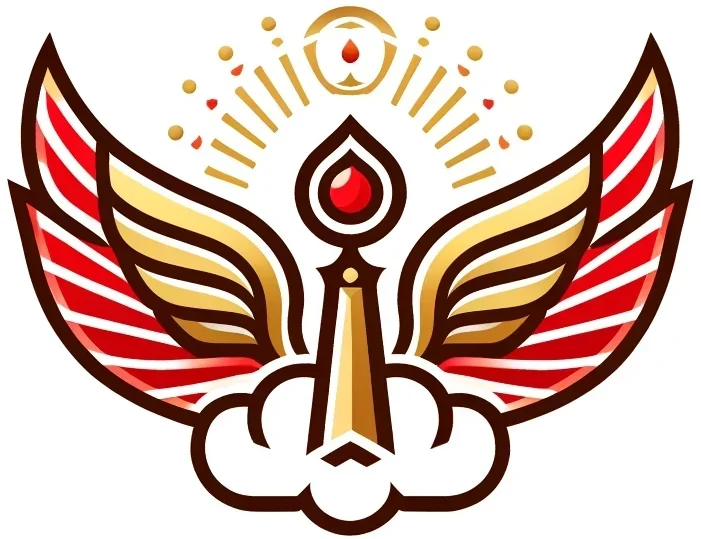Jashn-e Sadeh, often referred to simply as Sadeh, is an ancient Iranian festival celebrated by Zoroastrians. Observed on January 30th, it honors fire as a divine element and symbolizes the triumph of light over darkness. The festival is renowned for its grand bonfires and communal gatherings.
Origins and Historical Background
Etymology of “Sadeh”
The term Sadeh translates to “hundred” in Persian. This name is believed to signify the 100 days and nights remaining until Nowruz, the Persian New Year, which marks the arrival of spring. Another interpretation suggests it denotes 100 days after the end of summer, aligning with ancient Iranian calendrical traditions.
Mythological Origins
The festival’s origins are deeply rooted in Persian mythology:
- Discovery of Fire by King HoushangAccording to the Shahnameh (Book of Kings) by the Persian poet Ferdowsi, King Houshang, the second monarch of the Pishdadian dynasty, discovered fire. While attempting to kill a serpent with a stone, he missed, causing the stone to strike another, producing sparks and igniting a flame. Recognizing this as a divine gift, Houshang declared the fire sacred and initiated its veneration. avesta.org
- Commemoration of Fravahar SpiritsSome scholars propose that Sadeh is linked to the Fravashis (guardian spirits), serving as a time to honor ancestors and the forces of nature.
- Avestan InfluenceIn Zoroastrian theology, fire is considered a purifying force. Sadeh reinforces its sacred importance, emphasizing the duality of light and darkness.
Sadeh in Ancient Iran
Historically, Sadeh was celebrated with grandeur during the Achaemenid (550–330 BCE), Parthian (247 BCE–224 CE), and Sassanian (224–651 CE) empires. It was a state-sponsored festival where people from all walks of life gathered to light fires, feast, and offer prayers. Even after the Arab conquest of Persia, the tradition persisted among Zoroastrian communities, albeit sometimes practiced discreetly due to religious persecution.
Traditions and Customs
The celebration of Sadeh encompasses various rituals and customs:
- Bonfire CeremonyCentral to the festival is the lighting of a massive bonfire at sunset. This fire symbolizes the warmth of Ahura Mazda’s blessings and the victory over darkness. Participants often chant prayers from the Avesta, sing hymns, and circle the fire to honor Atar (the divine fire spirit).
- FeastingCommunal feasts are integral to Sadeh. Traditional foods include nuts, dried fruits, stews, lamb dishes, flatbreads, and sweets, symbolizing abundance and prosperity.
- Religious PrayersZoroastrian priests, known as Mobeds, perform ceremonies invoking Ahura Mazda’s blessings. Prayers such as the Yasna and Atash Niyayesh are recited to honor the sacred flames.
- CharityActs of generosity are emphasized during Sadeh. Many individuals donate food, clothing, and money to the less fortunate, reflecting the festival’s spirit of community and compassion.
- Music and DanceIn regions like Yazd and Kerman in Iran, celebrations include traditional music, singing, and group dances around the bonfire, fostering a sense of unity and joy.
Modern-Day Celebrations
Today, Sadeh is celebrated by Zoroastrians in Iran, India (by the Parsi community), and diaspora communities worldwide, including the United States, Canada, and the United Kingdom. In recent years, there has been a resurgence in its observance, reflecting a renewed interest in Persian cultural heritage.
Significance in the 21st Century
Sadeh serves as a symbol of Persian heritage and Zoroastrian resilience. It unites communities, offering an opportunity to reflect on ancient traditions and the enduring values of light, warmth, and community.
